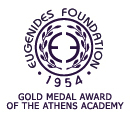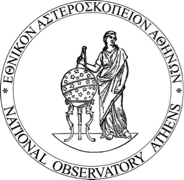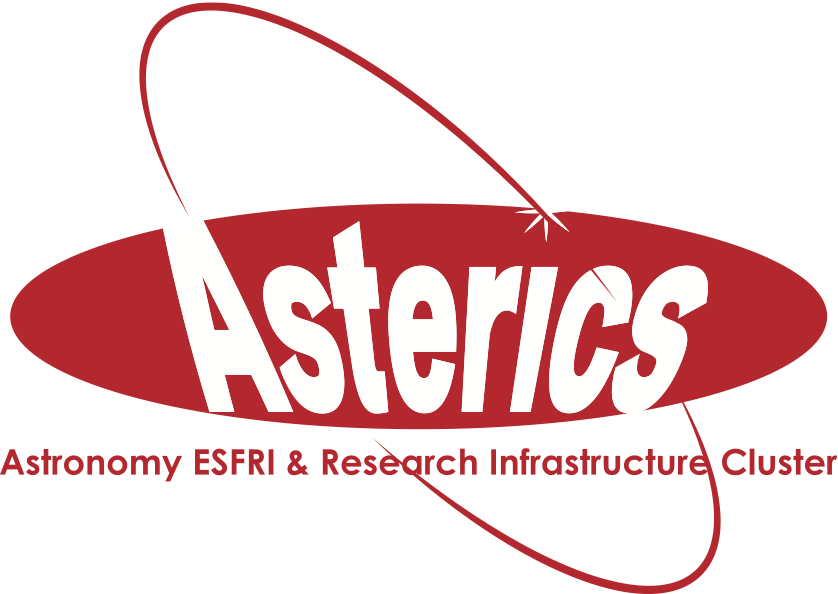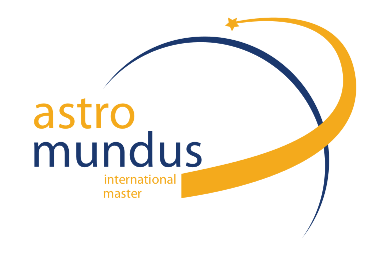Special Session SS2
6 July 2016
Solar-Terrestrial Coupling and Space Weather: State-of-the-Art and Future Prospects
Aims and scope
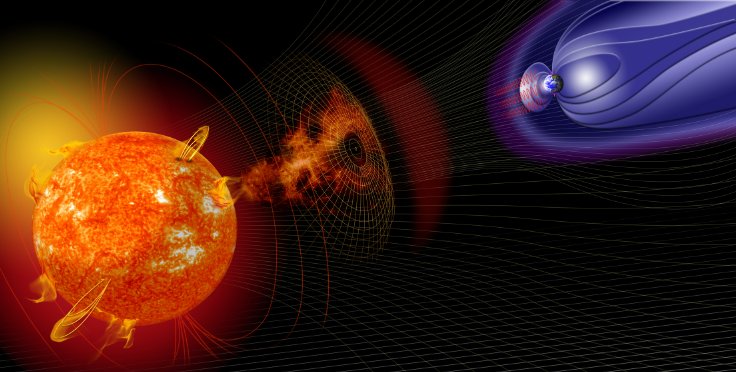 The Sun, our closest star, powers life on our planet. The Sun-
Earth Connection (SEC) is a fundamental research topic and its
understanding is a central challenge of contemporary space
physics. The Sun incessantly and intermittently forces the
terrestrial and other planetary magnetospheres both with its farreaching
magnetic fields and continuous plasma flows (solar
wind), and via sudden releases of huge amounts of radiation
(solar flares) and expulsions of magnetic flux and plasma in the
heliosphere (coronal mass ejections; CMEs). This variable solar
forcing is termed Space Weather, in analogy to terrestrial
weather. Triggered by solar eruptions, space weather poses a
serious safety threat to our space assets (e.g., satellites,
astronauts) and to sensitive ground-based activities and
infrastructure (e.g., power grids, polar flights of airplanes, GPS-reliant
tasks).
This is an extremely timely topic of basic science, given:
The Sun, our closest star, powers life on our planet. The Sun-
Earth Connection (SEC) is a fundamental research topic and its
understanding is a central challenge of contemporary space
physics. The Sun incessantly and intermittently forces the
terrestrial and other planetary magnetospheres both with its farreaching
magnetic fields and continuous plasma flows (solar
wind), and via sudden releases of huge amounts of radiation
(solar flares) and expulsions of magnetic flux and plasma in the
heliosphere (coronal mass ejections; CMEs). This variable solar
forcing is termed Space Weather, in analogy to terrestrial
weather. Triggered by solar eruptions, space weather poses a
serious safety threat to our space assets (e.g., satellites,
astronauts) and to sensitive ground-based activities and
infrastructure (e.g., power grids, polar flights of airplanes, GPS-reliant
tasks).
This is an extremely timely topic of basic science, given:
(i) the
comprehensive observational coverage of the various related
domains (e.g., Sun, interplanetary medium, Geospace) thanks to
an array of recent missions,
(ii) the recent advances in theory
and modeling and
(iii) the forthcoming access to the inner
heliosphere via novel heliospheric missions (e.g. Solar Orbiter
(SO), Solar Probe Plus (SPP), etc.).
Programme
The session combines observations, data analysis, theory, and numerical simulations, to address the following questions:
- How does the coupling between solar magnetic fields and plasma
flows power solar eruptions? (Emergence and evolution of solar
magnetic fields, triggering and evolution of solar eruptions,
coronal structure, and solar wind formation).
- How does the solar wind interact with the ejecta and how do the
terrestrial and planetary magnetospheres react to the perturbed solar wind? (propagation of CMEs and Solar Energetic
Particles in turbulent solar wind plasmas, development of
geospace magnetic storms, acceleration of electrons to
relativistic energies in the Van Allen radiation belts).
-
Multi-scale observations of the Magnetosphere-Ionosphere-
Thermosphere System (new results from the VAP and MMS
missions).
We solicit both oral and poster contributions.
Invited speakers
Scientific organisers
Vasilis Archontis, (University of St Andrews, UK)
Ioannis Daglis, (University of Athens, GR)
Spiros Patsourakos, (University of Ioannina, GR)
Angelos Vourlidas, (JHU/APL, USA)
Contact
spatsour @ cc.uoi.gr
Updated on Thu Jan 14 18:03:00 CET 2016
|
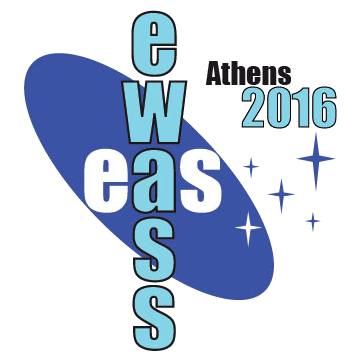
 A power cut will shut down all EAS services on Tuesday, 10 January 2017 starting at 7:30 CET.
A power cut will shut down all EAS services on Tuesday, 10 January 2017 starting at 7:30 CET.


